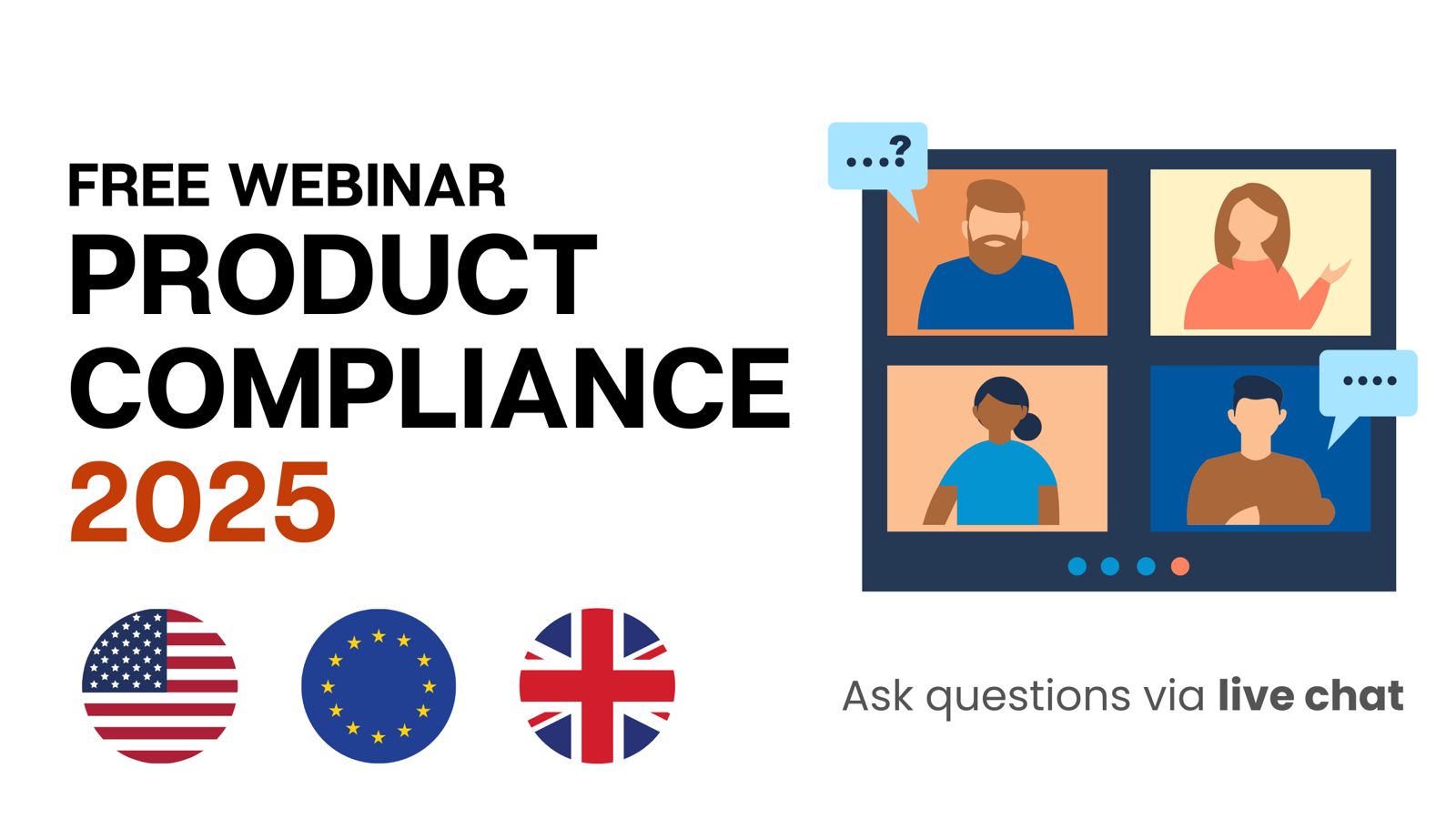General Product Safety Regulation extends mandatory technical documentation requirements to children’s products, furniture, gym equipment, and many other products that were previously not subject to such requirements. In this guide, we explain what you must include in your technical documentation, and why this is such an integral part of the GPSR compliance process.
Content Overview

FREE CONSULTATION CALL (US, EU & UK)
- Request a free 30-minute call with Ivan Malloci to learn how we can help you with:
- Find product requirements
- Certification and labeling
- Lab testing
Which products require technical documentation under GPSR?
The General Product Safety Regulation covers essentially all consumer products, to the extent that they are not subject to other regulations and directives with similar provisions. For example, toys and electronics are already subject to regulations and directives that require technical documentation. In short, the GPSR now extends technical documentation requirements to other product categories.
GPSR technical documentation requirements
The requirements that concern technical documentation can be found in Article 9 of the GPSR:
2. Before placing their products on the market, manufacturers shall carry out an internal risk analysis and draw up technical documentation containing at least a general description of the product and its essential characteristics relevant for assessing its safety.
Where appropriate with regard to possible risks related to the product, the technical documentation referred to in the first subparagraph shall also contain, as applicable:
(a) an analysis of the possible risks related to the product and the solutions adopted to eliminate or mitigate such risks, including the outcome of any reports related to tests conducted by the manufacturer or by another party on their behalf; and
(b) the list of any relevant European standards as referred to in Article 7(1), point (a), or the other elements referred to in Article 7(1), point (b) or Article 8, applied to meet the general safety requirement laid down in Article 5.
The information that forms the technical documentation is summarised below:
1. General description of the product and its essential characteristics relevant for assessing its safety.
This could potentially include the product’s name, materials, components, and factors that impact safety.
2. An analysis of the possible risks related to the product and the solutions adopted to eliminate or mitigate such risks.
The emphasis is on creating a risk assessment, which could potentially list the possible risks and how these risks are mitigated. Mitigation could in this context include design features, warnings and other measures.
3. Test reports.
Test reports that demonstrate compliance with applicable product standards must be included.
4. List of any relevant European standards (or other relevant elements), as applicable.
The GPSR makes it clear that the standards the product is designed to comply with must be specified. However, this is normally stated in test reports.

Is lab testing required?
The GPSR requires that products are compliant with applicable European standards. Here are three examples of such standards:
EN 716-1 – Furniture – Children’s cots and folding cots for domestic use – Part 1: Safety requirements
EN 1130 – Children’s furniture – Cribs – Safety requirements and test methods
EN 16890 – Children’s furniture – Mattresses for cots and cribs – Safety requirements and test methods
If you, for example, intend to sell children’s cots, then you will need to provide test reports corresponding to EN 716-1 as part of your technical documentation. You can only obtain such test reports if your product has passed lab testing corresponding to one or more standards.
Who is responsible for creating the technical documentation?
Article 9 specifically states that the manufacturer is responsible for drawing up the technical documentation. Keep in mind that the definition of a manufacturer extends to companies that have products made based on their design or brand, despite not being manufacturers per se.
For example, if you source products in China and have these made with your logo or brand, then you are considered a manufacturer and must therefore draw up the technical documentation.
Importers
Article 11 states that importers are required to keep a copy of the technical documentation for 10 years after they have started selling the product. Note that it is highly unlikely that suppliers outside the European Union can provide GPSR-compliant technical documentation.
Distributors
Article 12, which covers the obligations of distributors, does not mention technical documentation.
Can we obtain GPSR documentation from the supplier?
The answer to this question depends entirely on the type of supplier. It is highly unlikely that OEM and ODM manufacturers outside the EU can provide you with GPSR-compliant technical documentation. As such, it often falls on the EU entity to ensure that technical documentation is created before the product is sold.
Who will review the documentation?
The technical documentation is generally not submitted for approval. Instead, the technical documentation is to be made available upon request from a national market surveillance authority in an EU member state. Such a request can be made for the following reasons:
1. Routine check when products are imported
2. Routine checks targeting specific industries
3. If they have received reports about your products or if they for any reason have safety concerns
The technical documentation helps the market surveillance authority assess if you have carried out a risk assessment, and if you can demonstrate compliance with applicable European standards.
It is also possible that Amazon or other marketplaces could request the technical documentation in the same way they can request a Declaration of Conformity for certain products.
What can happen if we do not have technical documentation corresponding to the GPSR?
Your product could potentially face a recall if you cannot demonstrate that your product is safe. The aim of the General Product Safety Regulation is to ensure that all products sold in the EU are safe, and the technical documentation is key to demonstrating how this has been achieved.
















